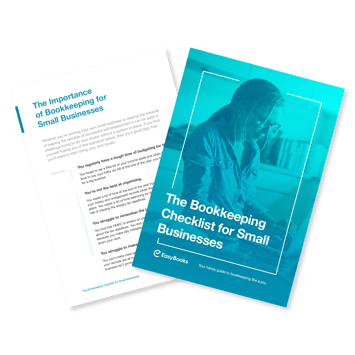When a customer pays an amount at regular intervals for a subscription or membership fee, this is known as a recurring transaction. For instance, spending $10 per month to access premium content on your website is a recurring transaction.
E-commerce and mobile commerce businesses are increasingly using recurring transactions, as both transactions are in demand today due to advancements in technology. They simplify your business routine and help you save time, or they can help you increase your sales volume and generate more revenue.
Moreover, these options are more diverse than any other ones - from debit and credit cards (VISA, MasterCard, American Express) to online wallets, online banking, to mobile phone accounts - customers have more than one way to pay for goods or services.
Why Do You Need Recurring Transactions?
Businesses may receive payments from clients more efficiently with recurring transactions. In this case, you don't have to worry about customers forgetting to pay or running out of money in your bank accounts. Instead, You can process the payment using Stripe's API for credit cards or Stripe Connect for ACH payments.
How Do Recurring Transactions Work?
You will pay your bills on time if you set up recurring transactions. There is also a convenient method to set up automatic payments for services like gym memberships, magazine subscriptions, and even Netflix subscriptions.
When you set up a recurring transaction, that amount is automatically deducted from your bank account every month or week. You'll never have to worry about forgetting a payment because the setup is as simple as clicking the mouse and defining the dates.
Here's how you can set up recurring transactions.
- Use your bank's website or mobile app to set up recurring transactions
- Then, specify how frequently you want to take money from your account, and determine the withdrawal transaction amount
Various banks provide different withdrawal frequencies; some allow daily, weekly, or monthly withdrawals, while others only allow monthly or quarterly withdrawals.
You can decide when it will start (typically between one and three months) and whether it will last permanently or for a set amount of time. First, however, you should take advantage of online bookkeeping software that gives you complete control over your recurring transactions and their cash outflow.
EasyBooksApp: The Best Recurring Transaction Software
Bookkeeping software like EasyBooksApp can help you track your recurring transactions. With exclusive features, you can define the frequency and the total duration of the transactions so that you don’t pay extra.
You can instantly charge your customers from their credit cards by setting up automatic billing for subscription-based services and products. It is straightforward to set up recurring billing and does not require any technical knowledge.
There are tools and solutions that you can use to manage and analyze all recurring business transactions or finances. These will help you make better-informed business decisions if you’re a small business owner who wants to scale upwards.
Along with recurring transactions, you can also track customer invoices, do business bookkeeping, and generate financial reports with EasyBooks. The app also features an online sync option, including data backups, sign-in procedures, and sharing data when expanding your business. EasyBooksApp will help you manage your business efficiently and promote your business by offering all features that you can use to manage your cash flows.
Conclusion
Many people aren't familiar with getting paid on the same basis repeatedly. Nothing can do it better than recurring transactions. You will find a lot of online periodic transaction apps, but bookkeeping software offers more reliable and authentic transactional features. It can help you start your business even if you are a sole proprietor promoting your business.
Give EasyBooksApp a try and access all of your data in one click, making it easier to track your cash flows.
Interested in trying EasyBooks for 14 days for free?








